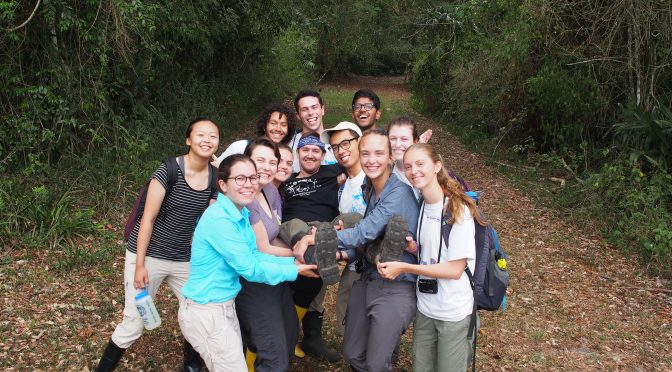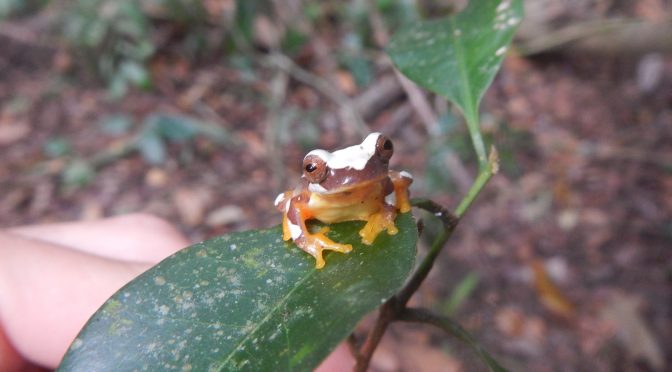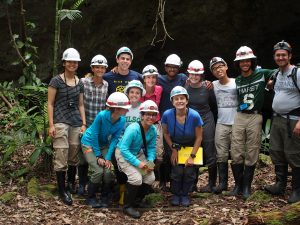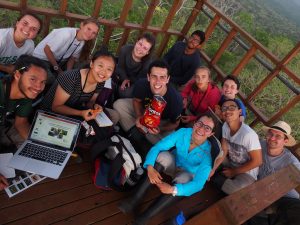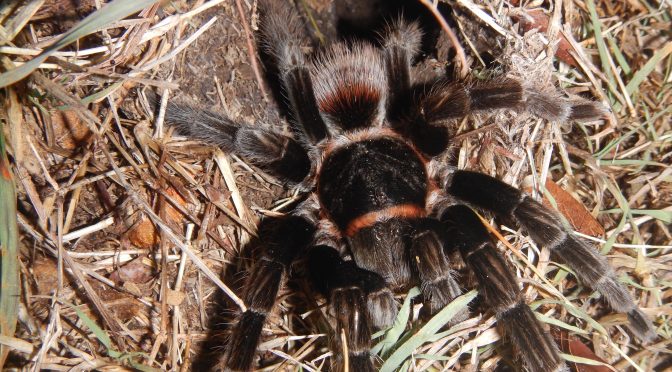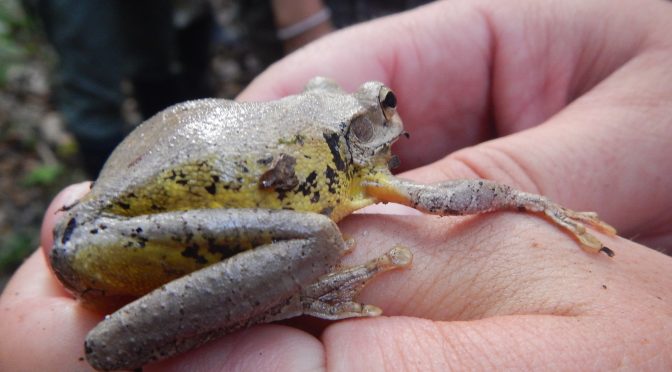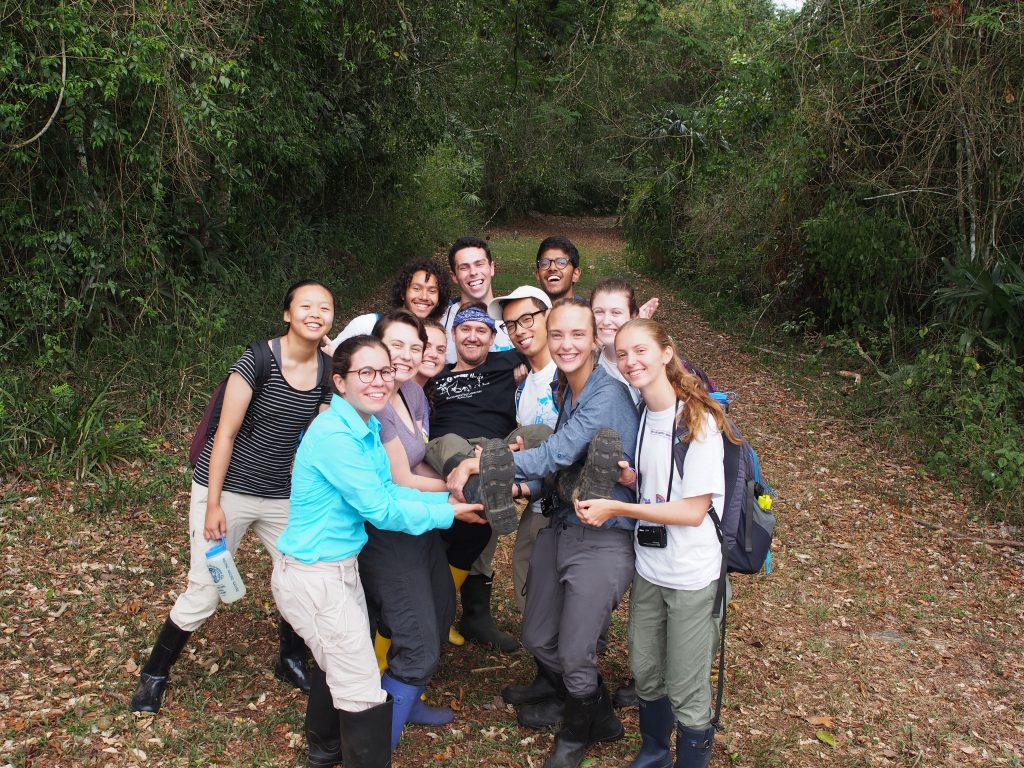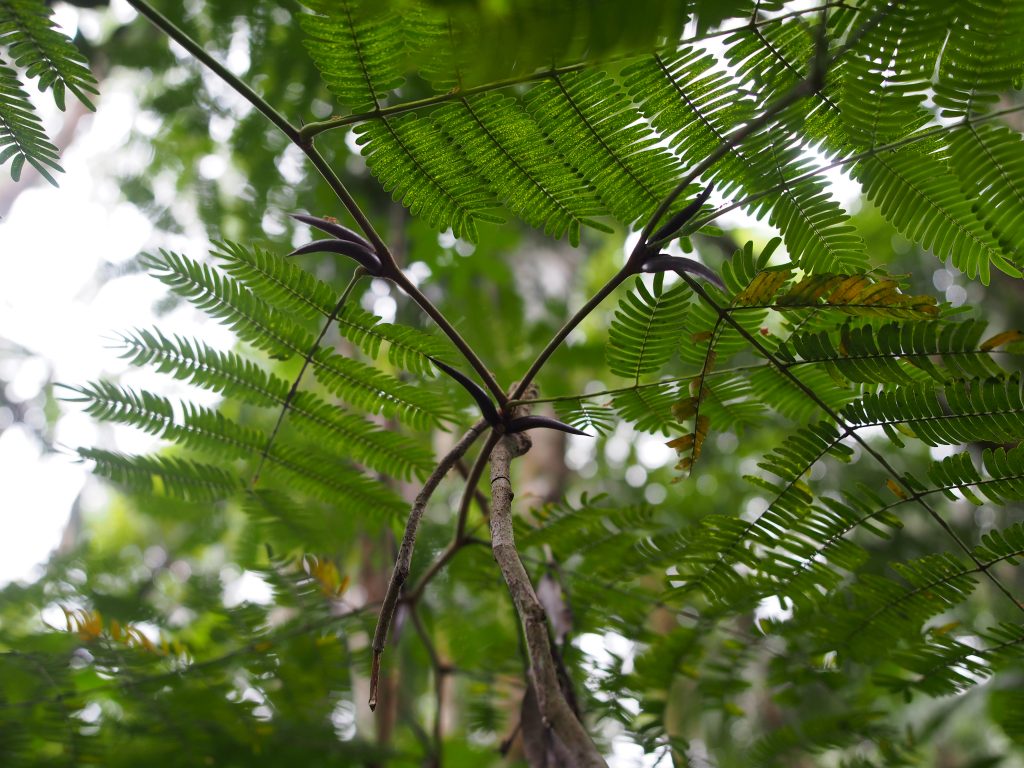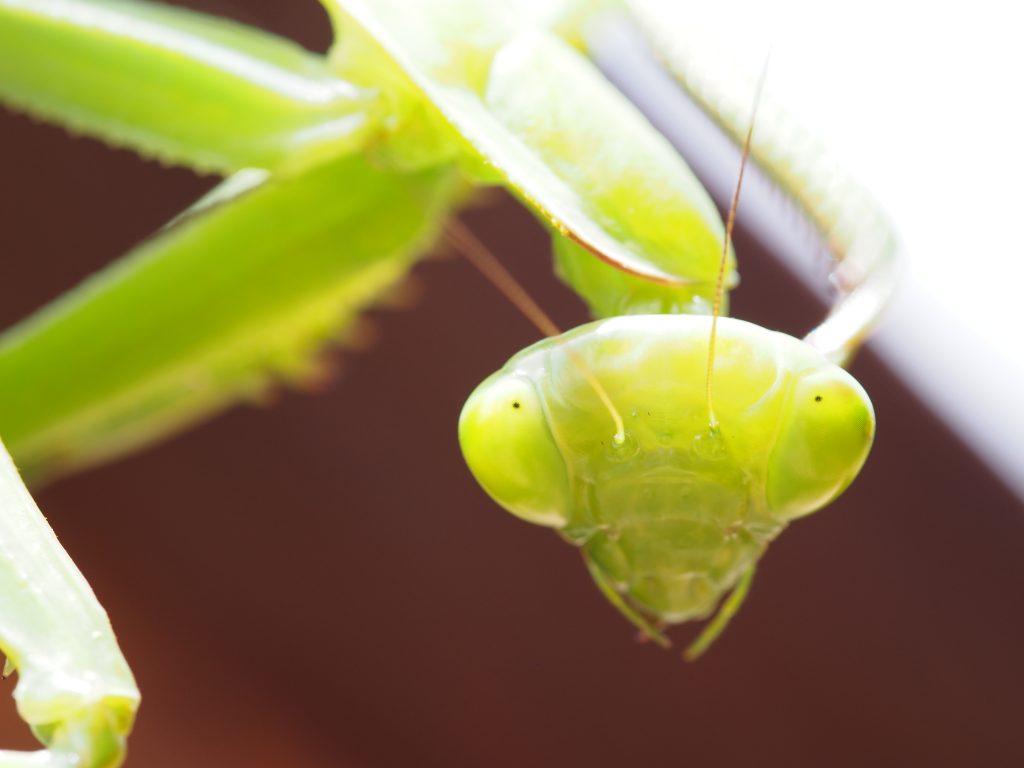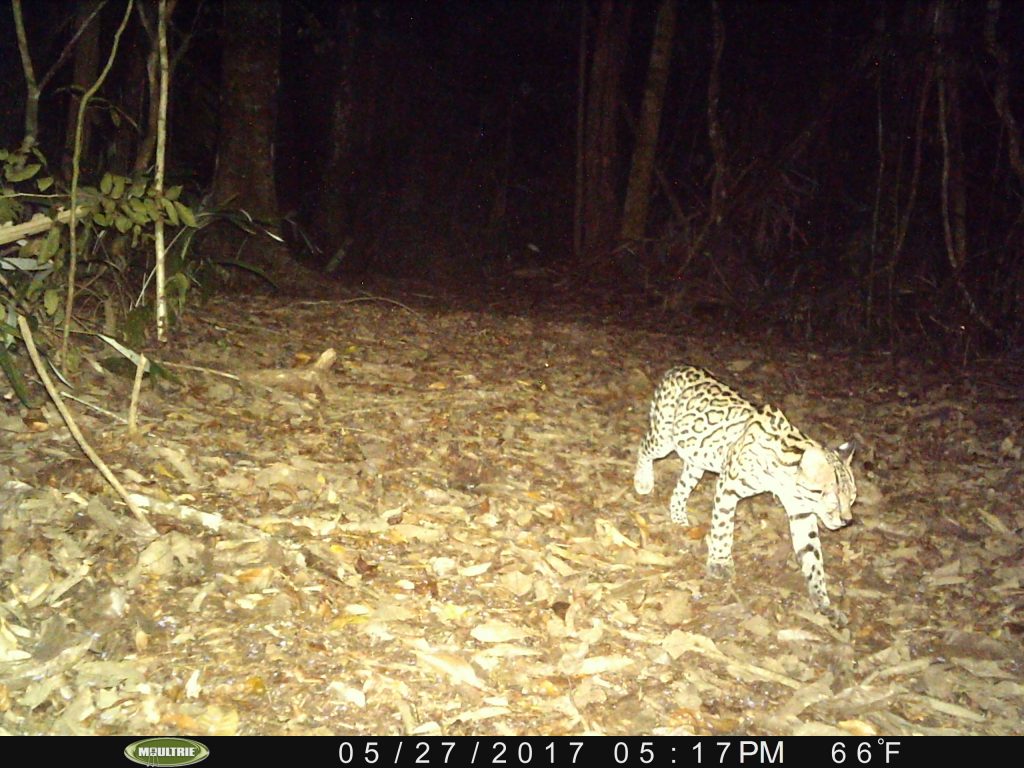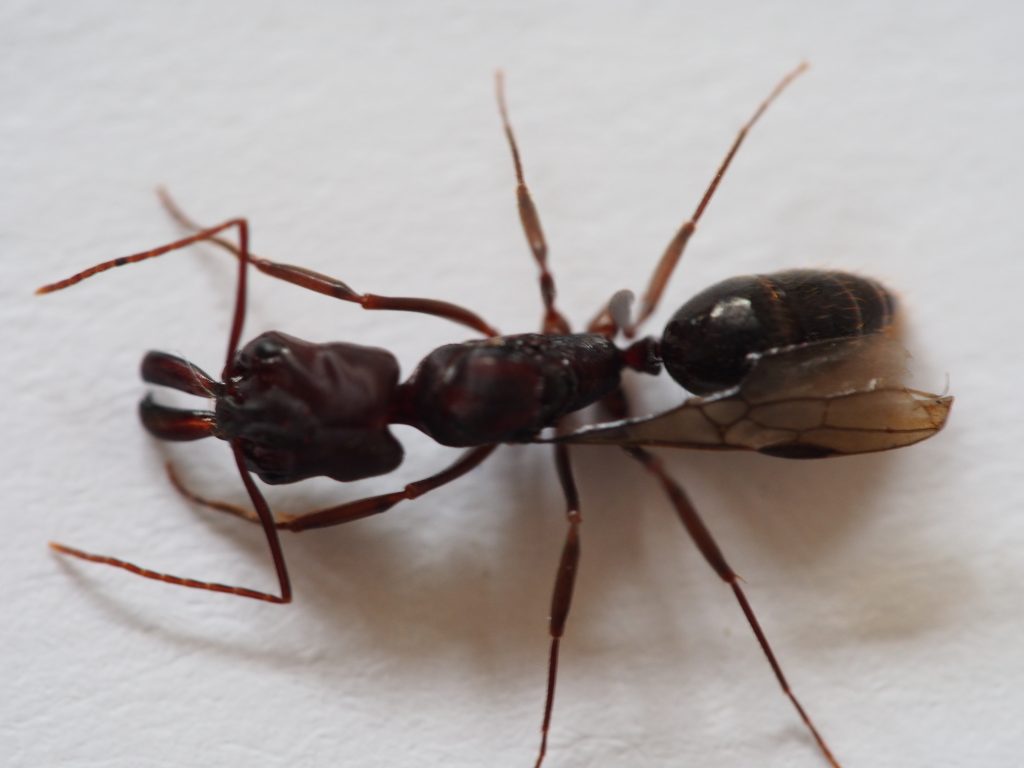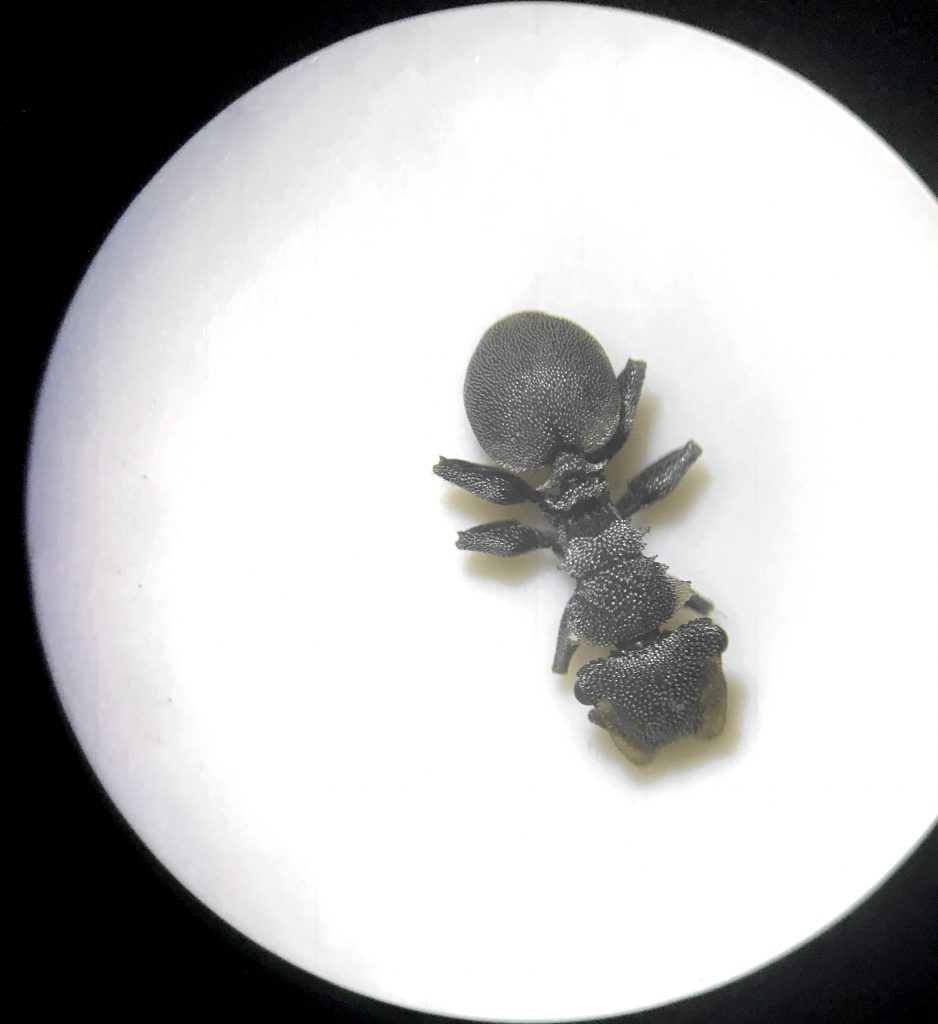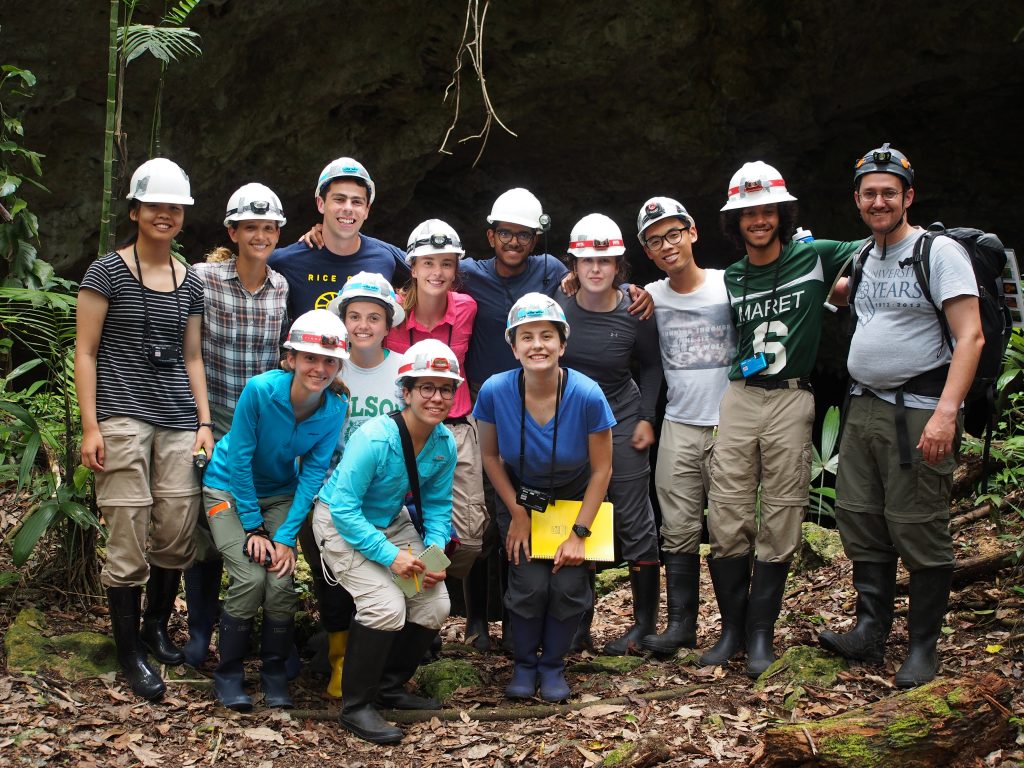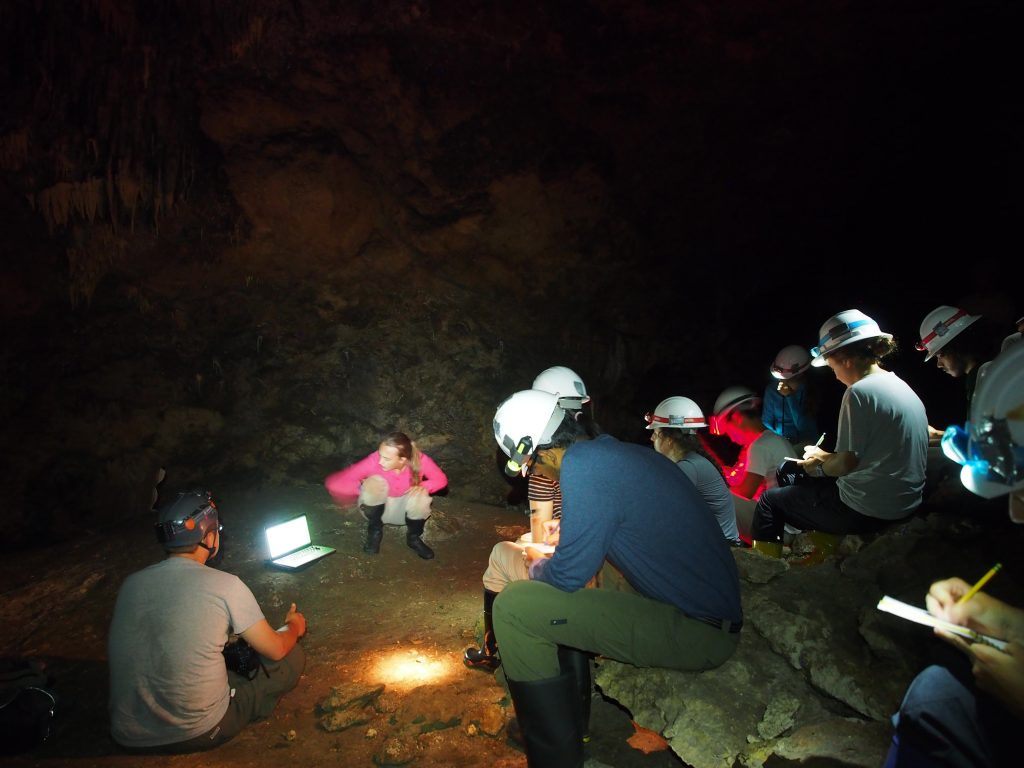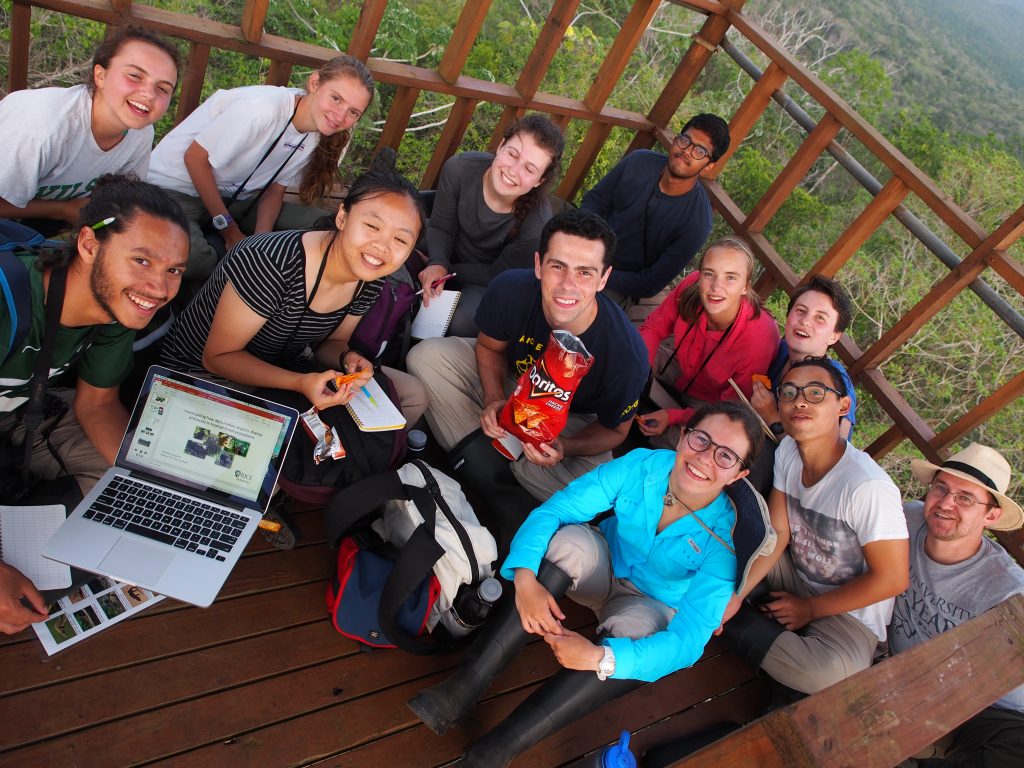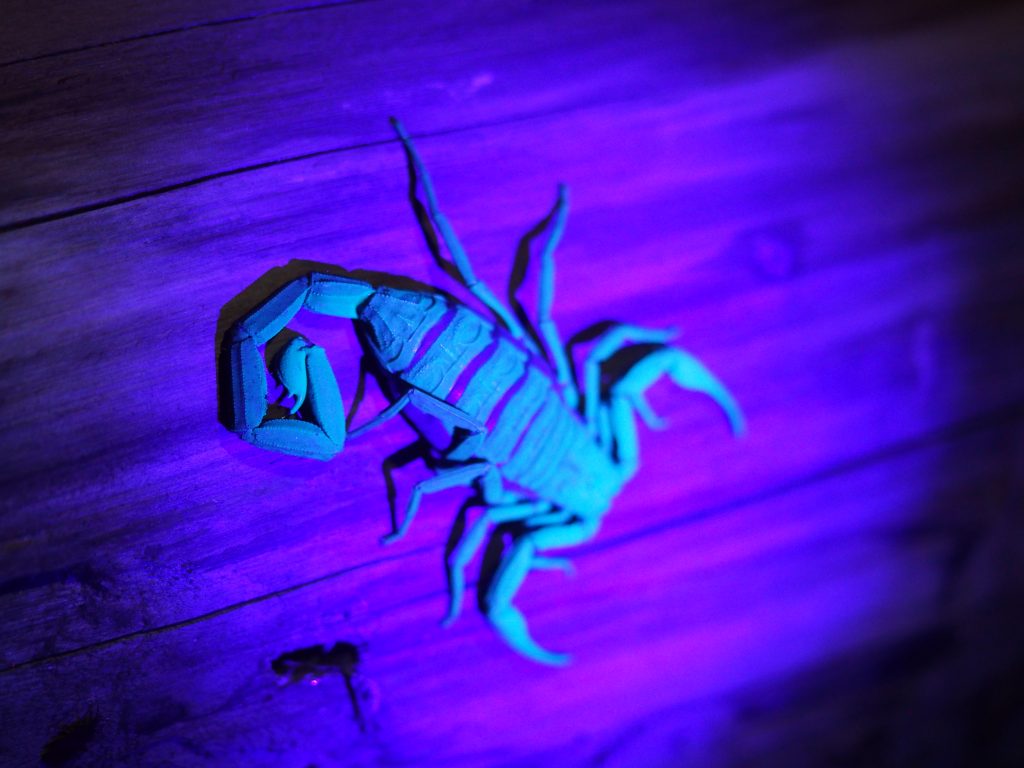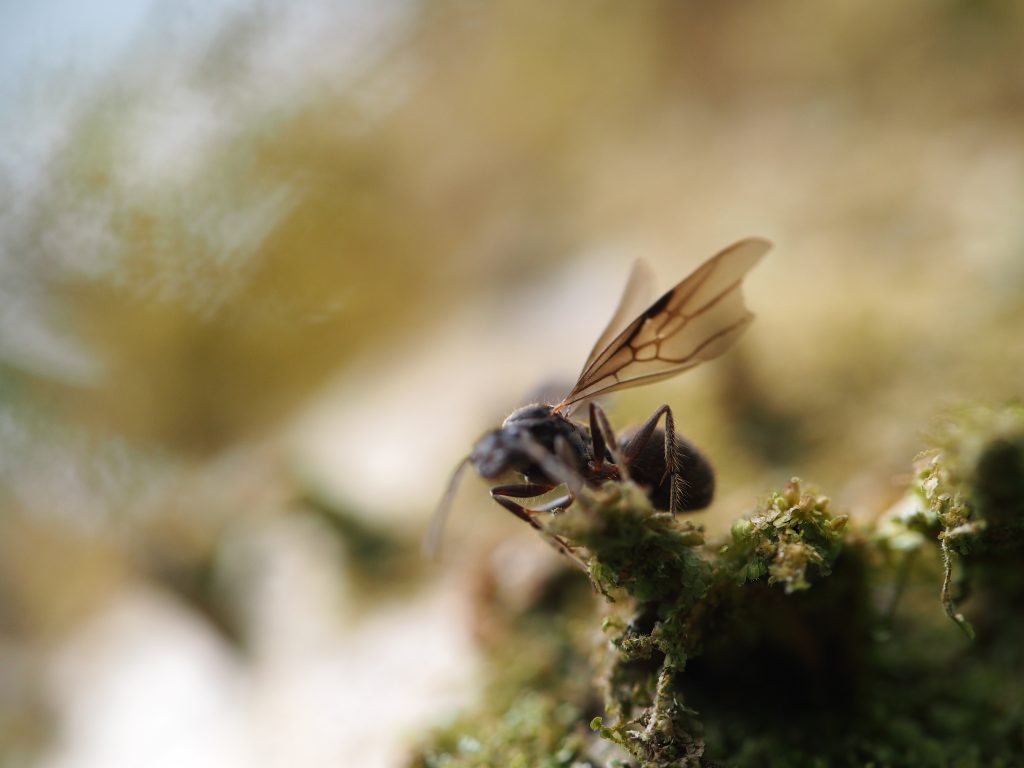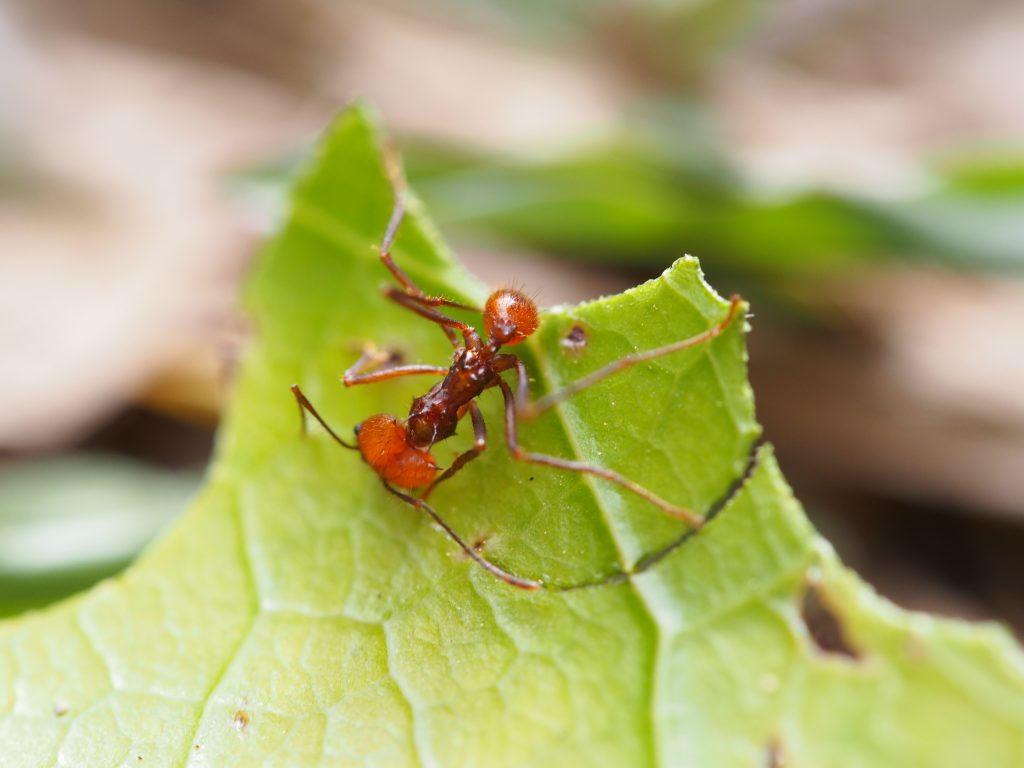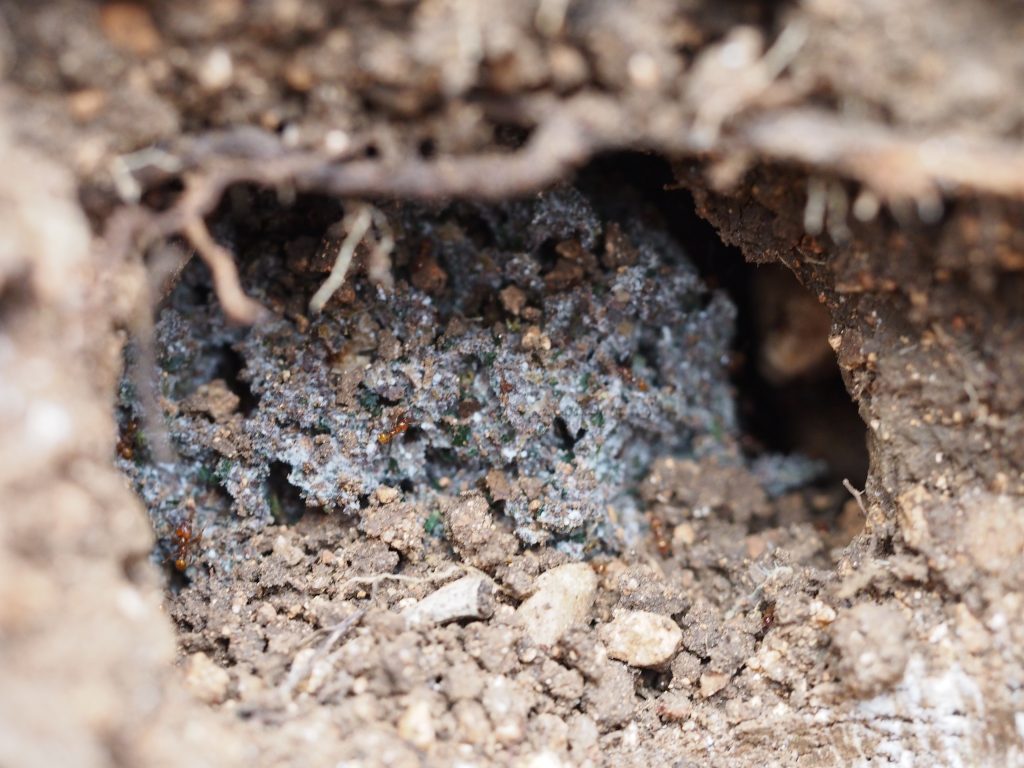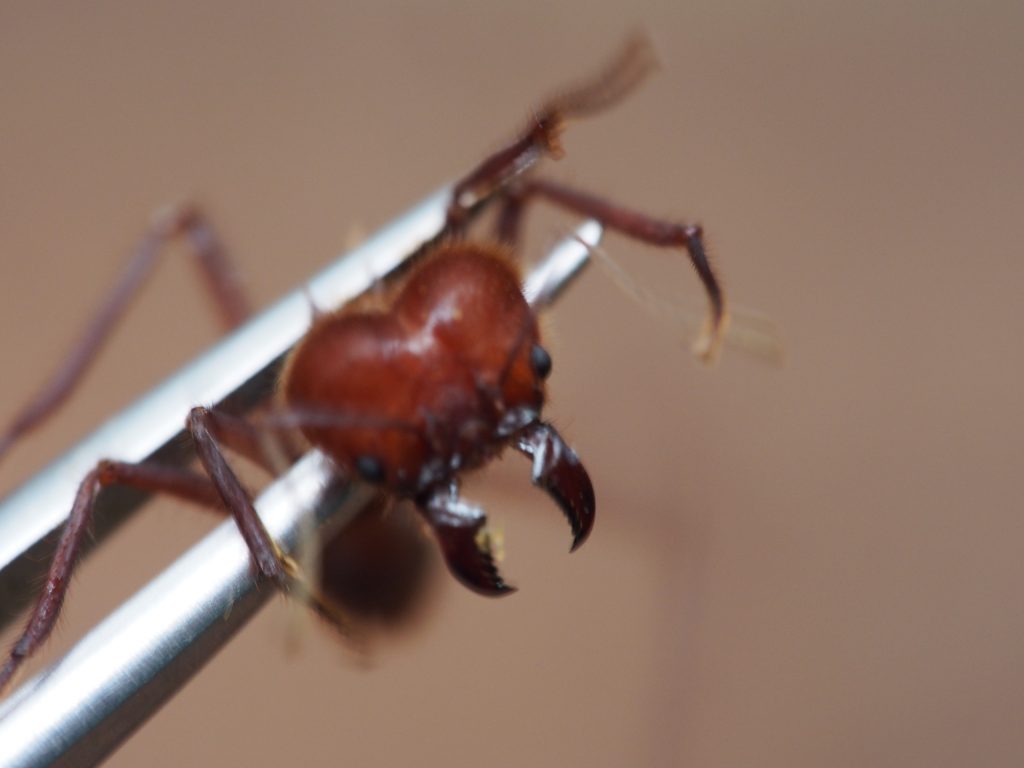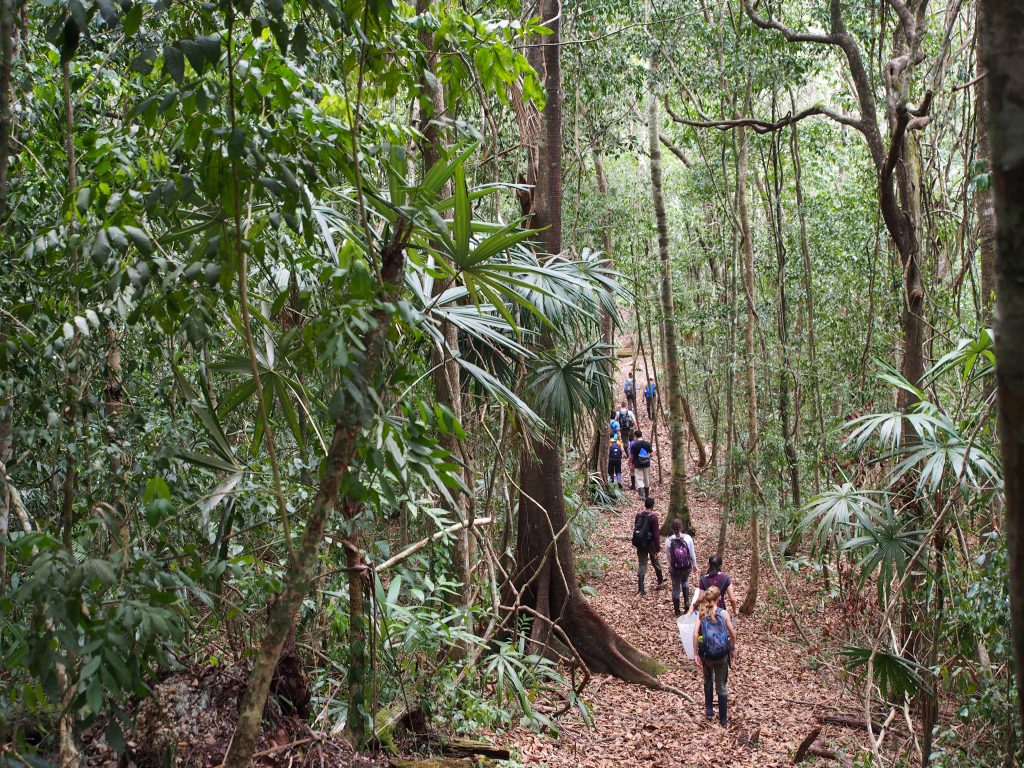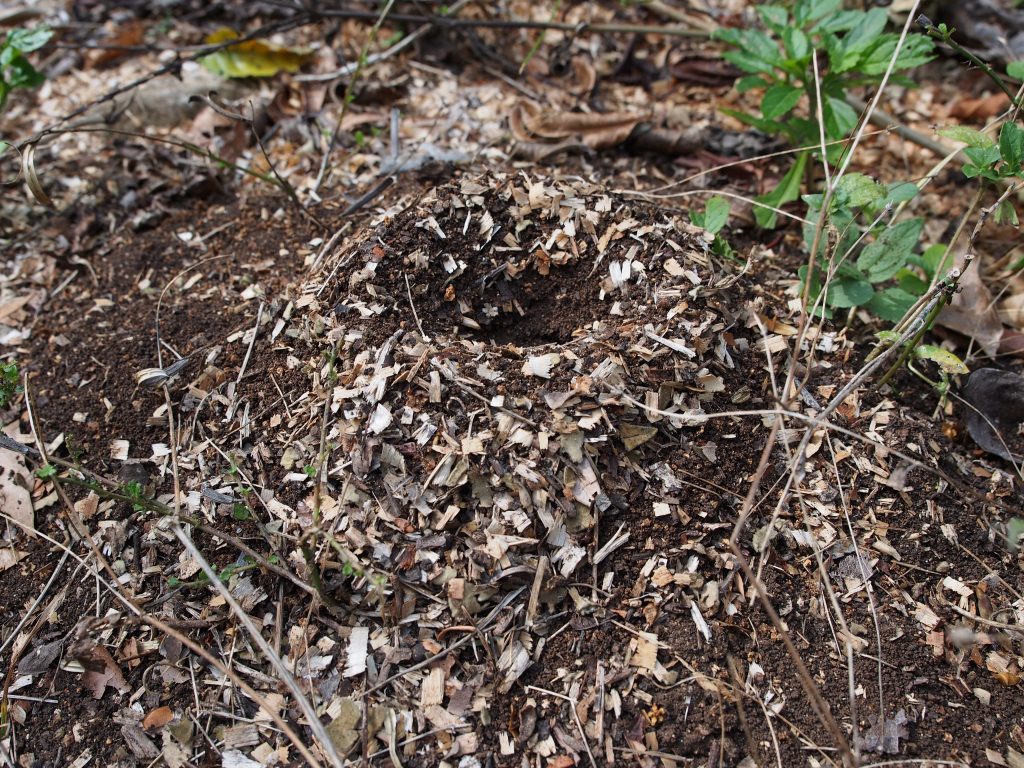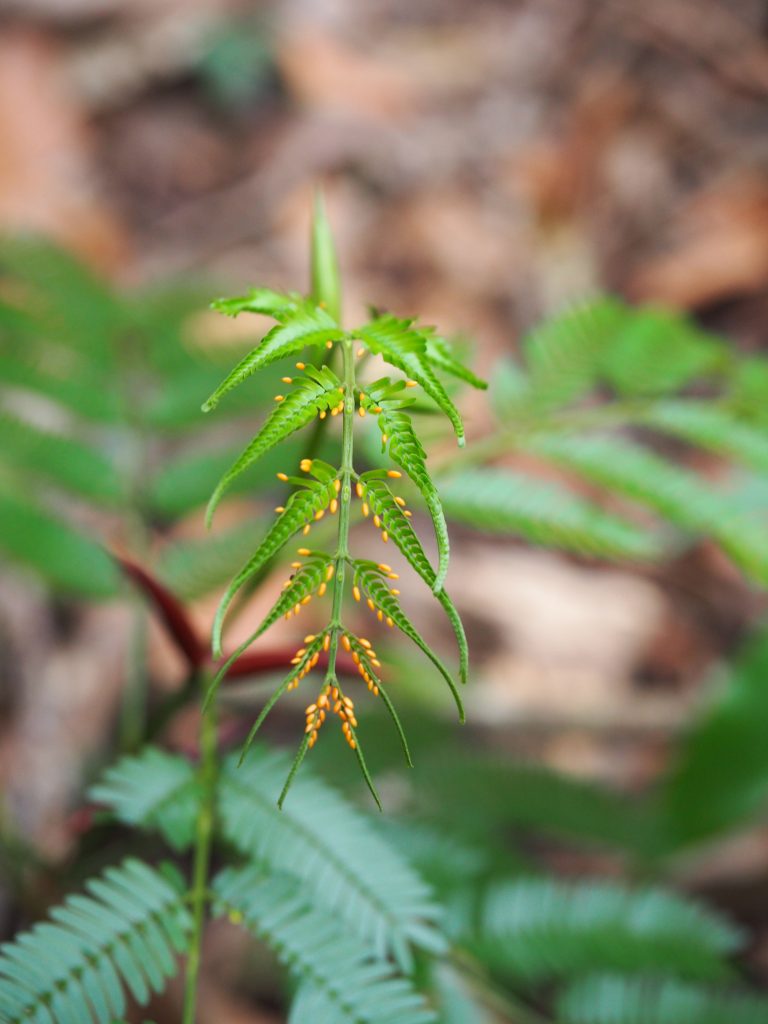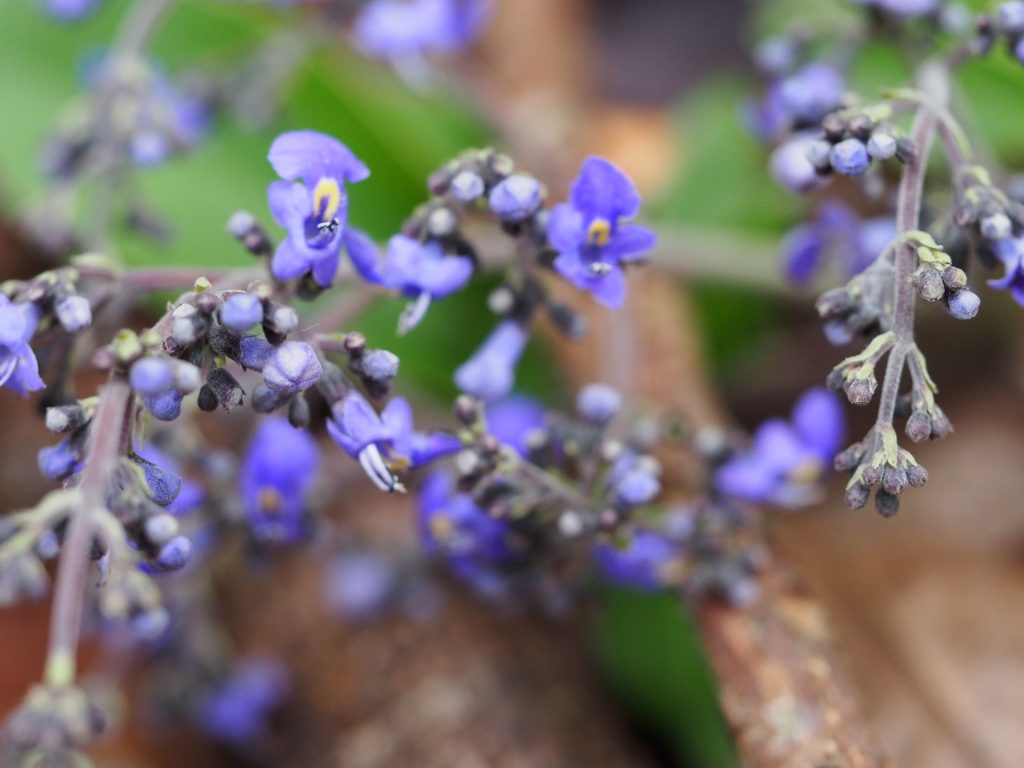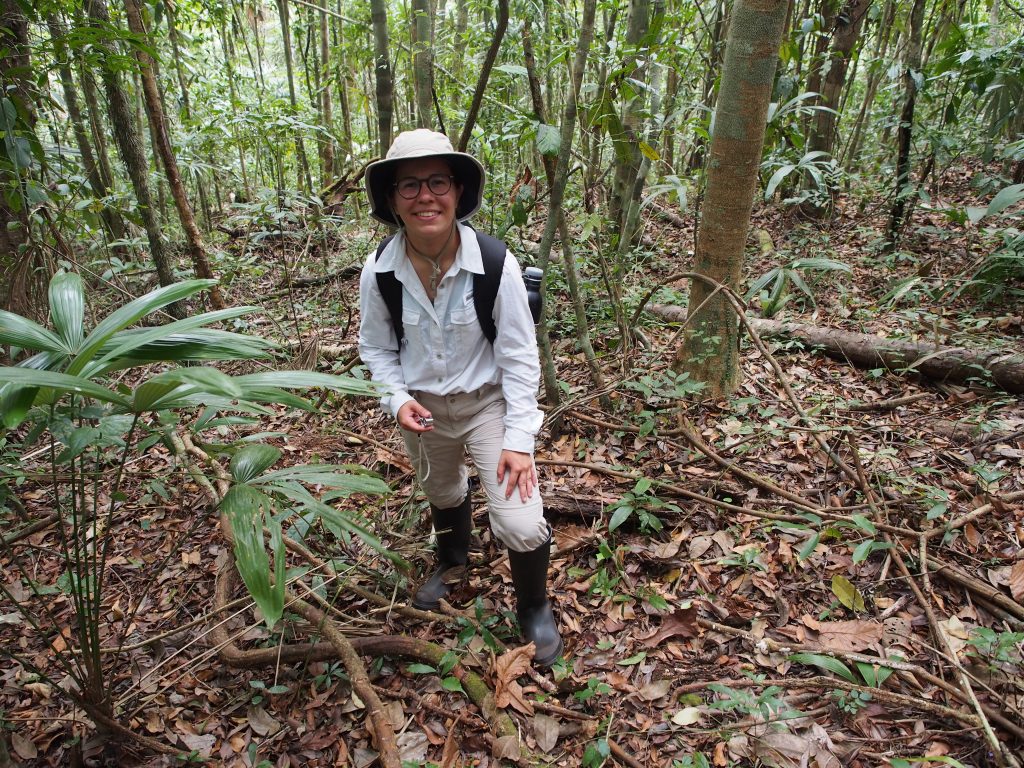Today, I woke up at 5 am to watch the sunrise and listen to the birds. I didn’t see many birds, but it was nice to drinking coffee and watch the sun come up. It was a bittersweet moment in which I got to reflect on everything we had done on the trip and everything I had learned. I can’t believe that we are leaving Belize today. This trip has been quite the adventure and has passed by so quickly. Hopefully, I will get to come back someday!
We left Las Cuevas Research station around 8:20am and drove to the Golden Grove, a souvenir shop. Then we got back in the car and continued on our trek to the airport. Along the way, we stopped at a restaurant called Cheers for lunch. They had really good watermelon juice!
I did not see any amphibians today. The closest I got to an amphibian sighting was a painted frog on a plate in the souvenir shop. However, I saw more frogs and toads on this trip than I expected.
We made it to the airport shortly after! Sarah Glovers and I got selected for extra security clearing and got to get on the plane first! We saved seats for the whole group which was very stressful. We made it to Houston around 7:40 and passed quickly through customs. It was sad to say goodbye to everyone, but I know that I will see everyone around campus.

